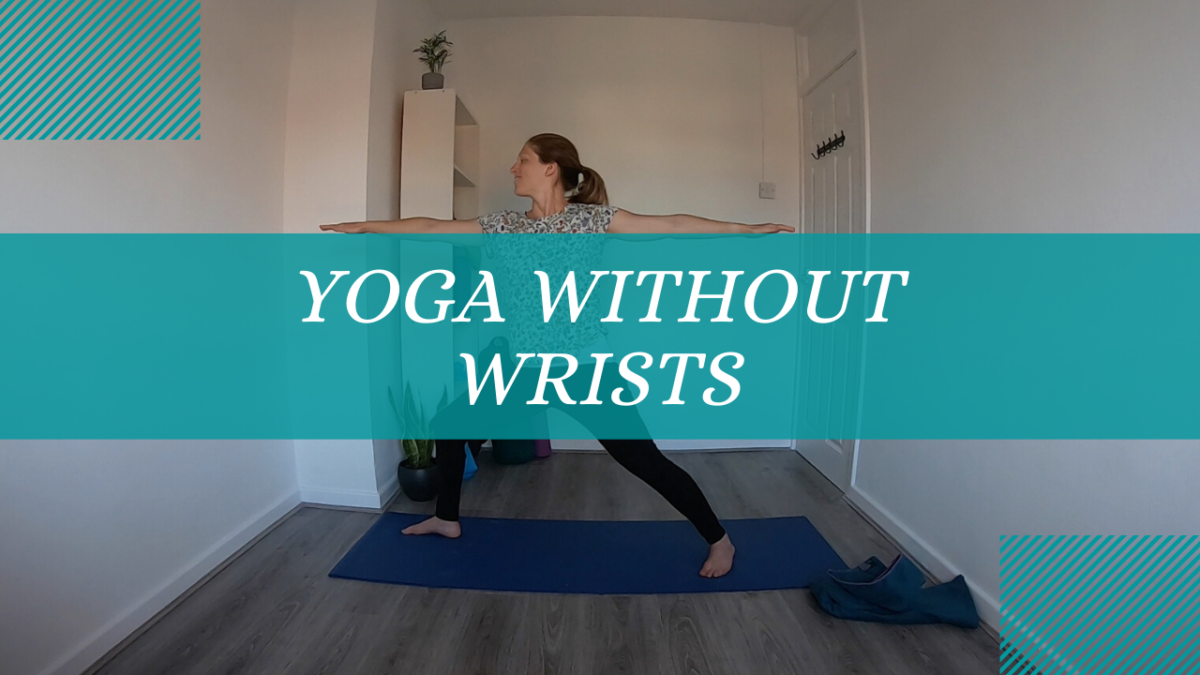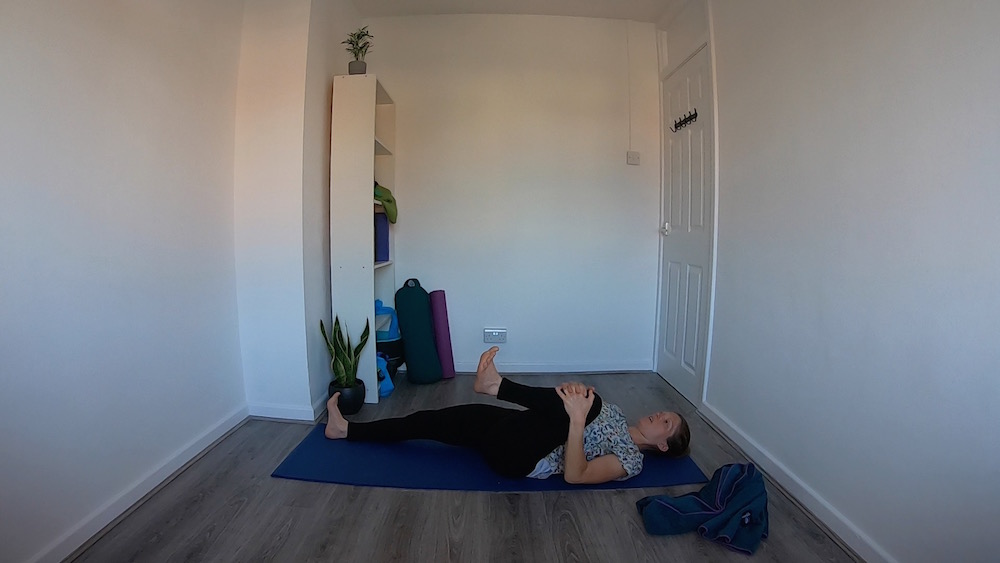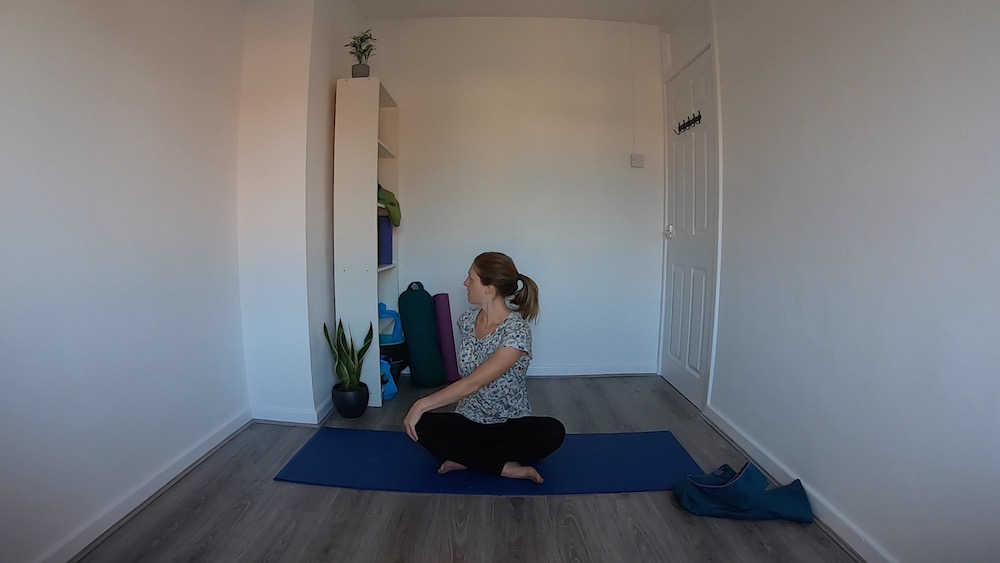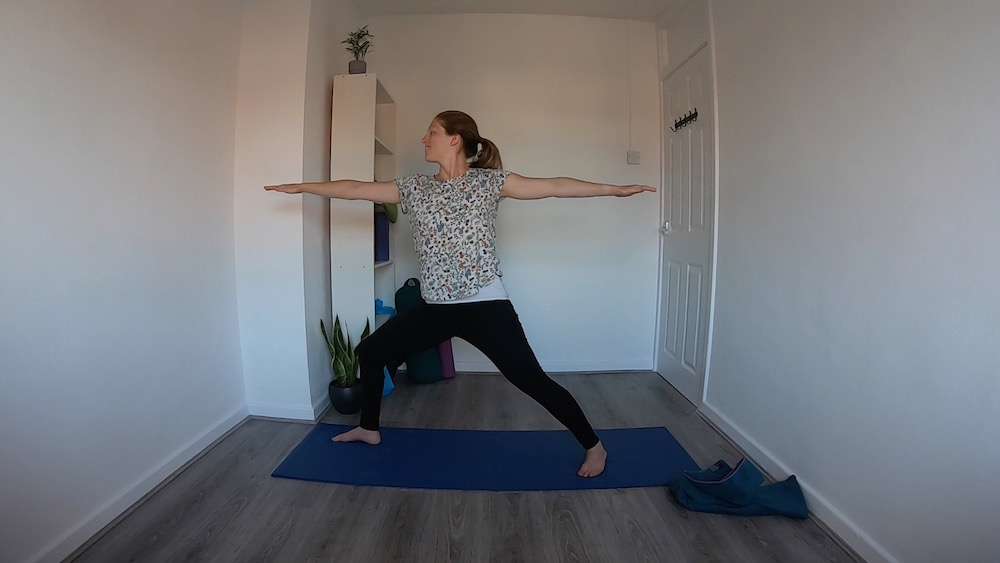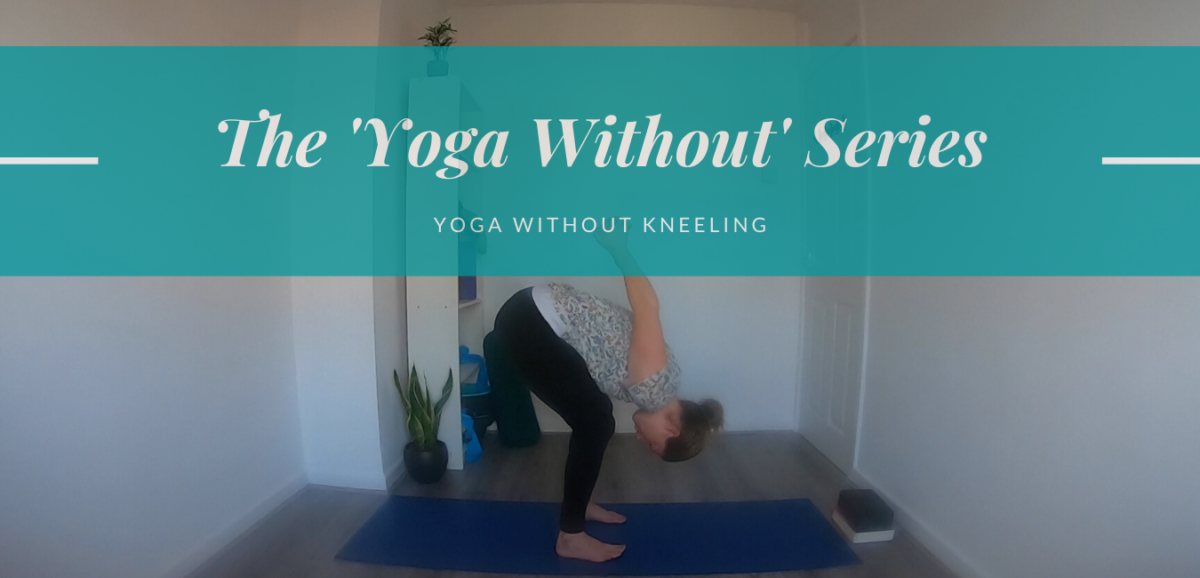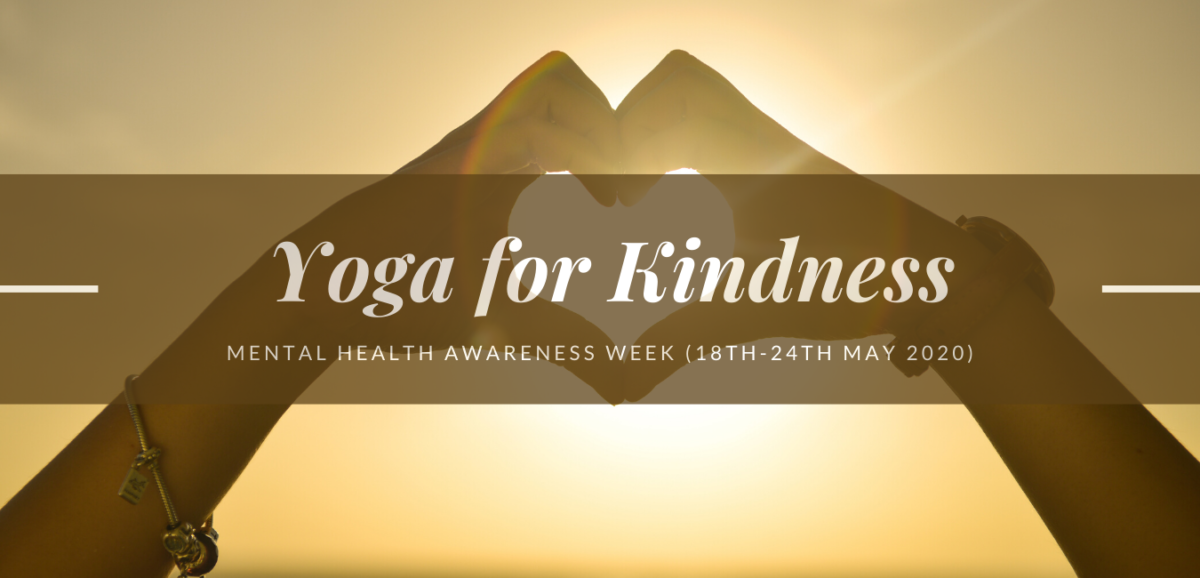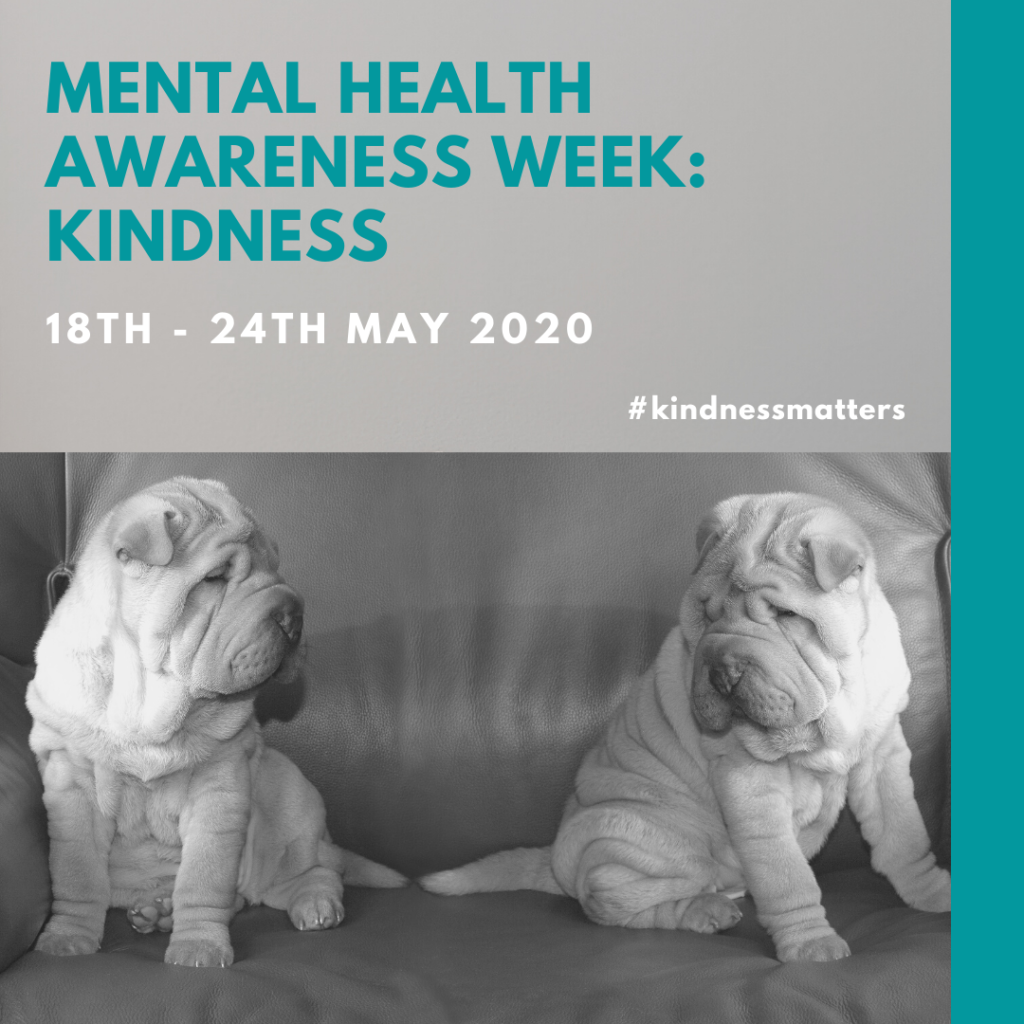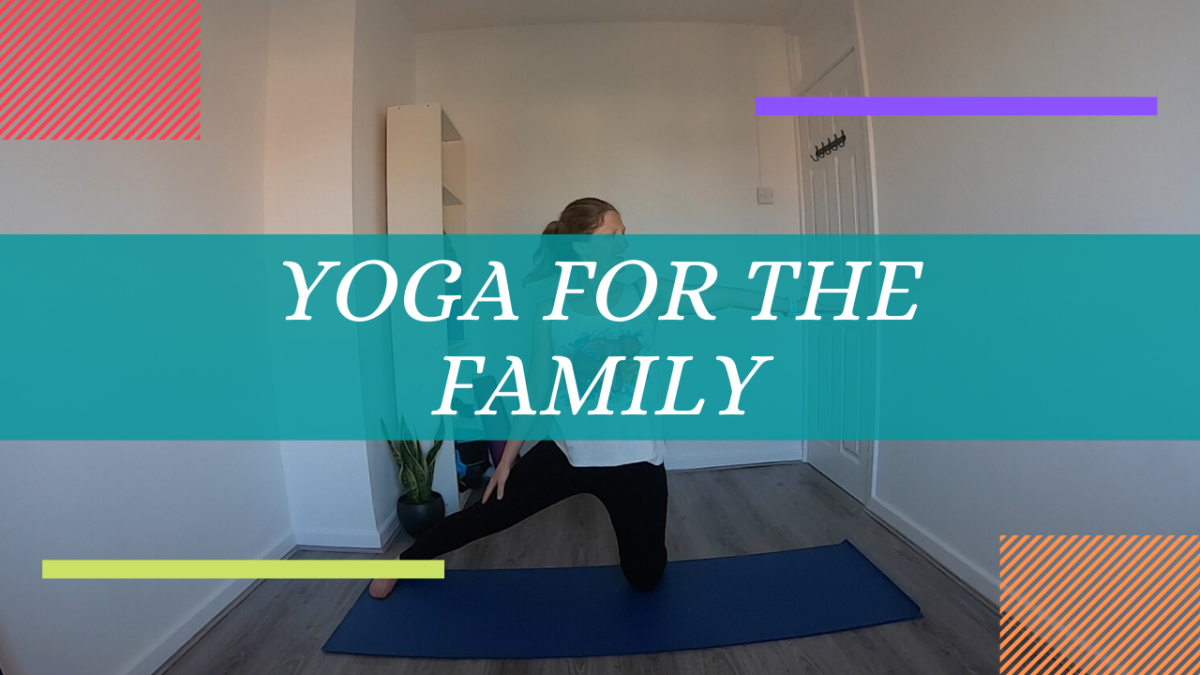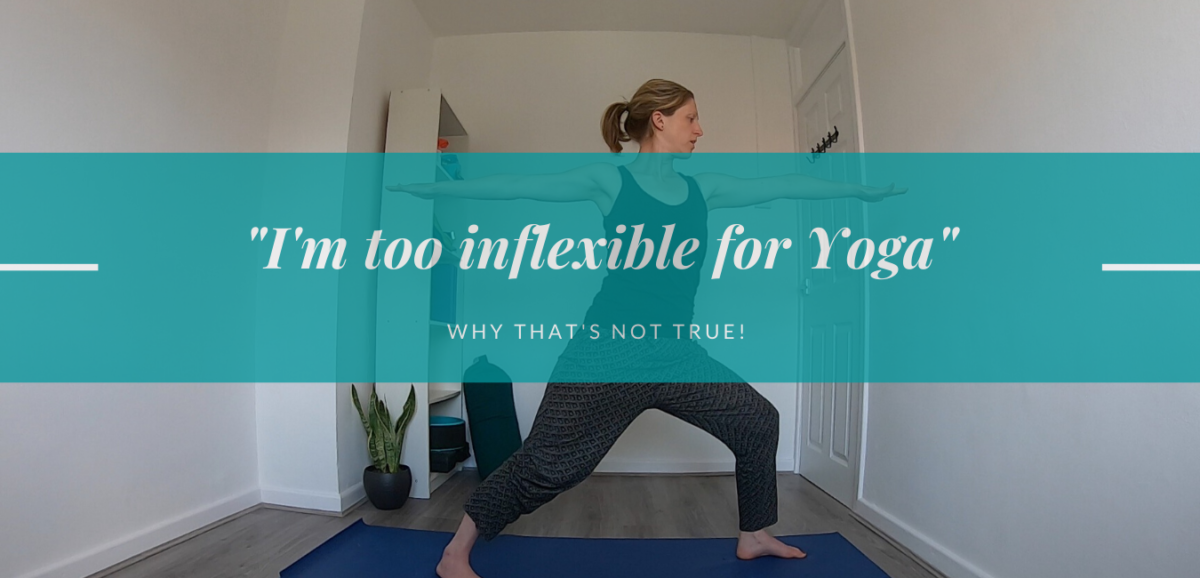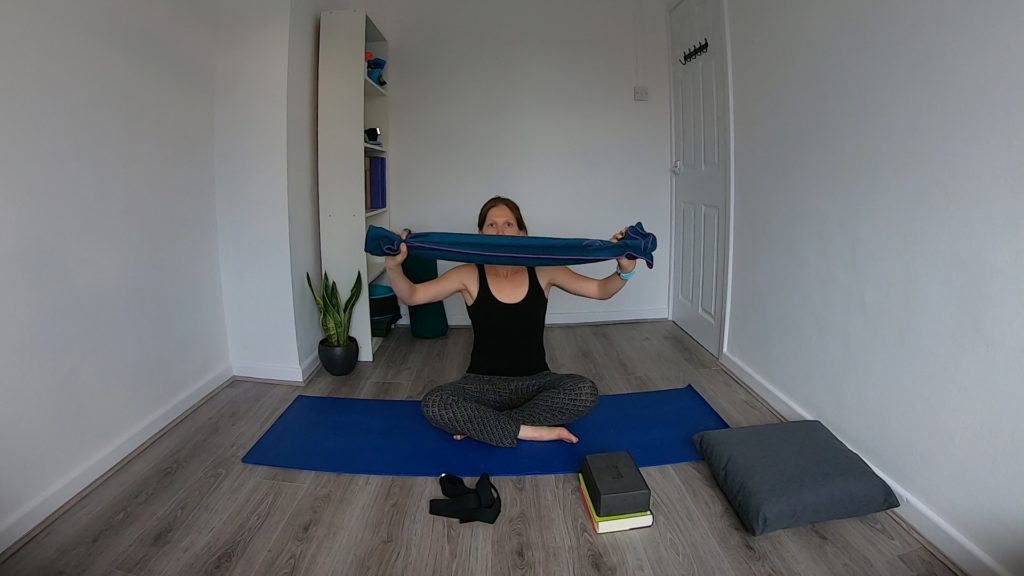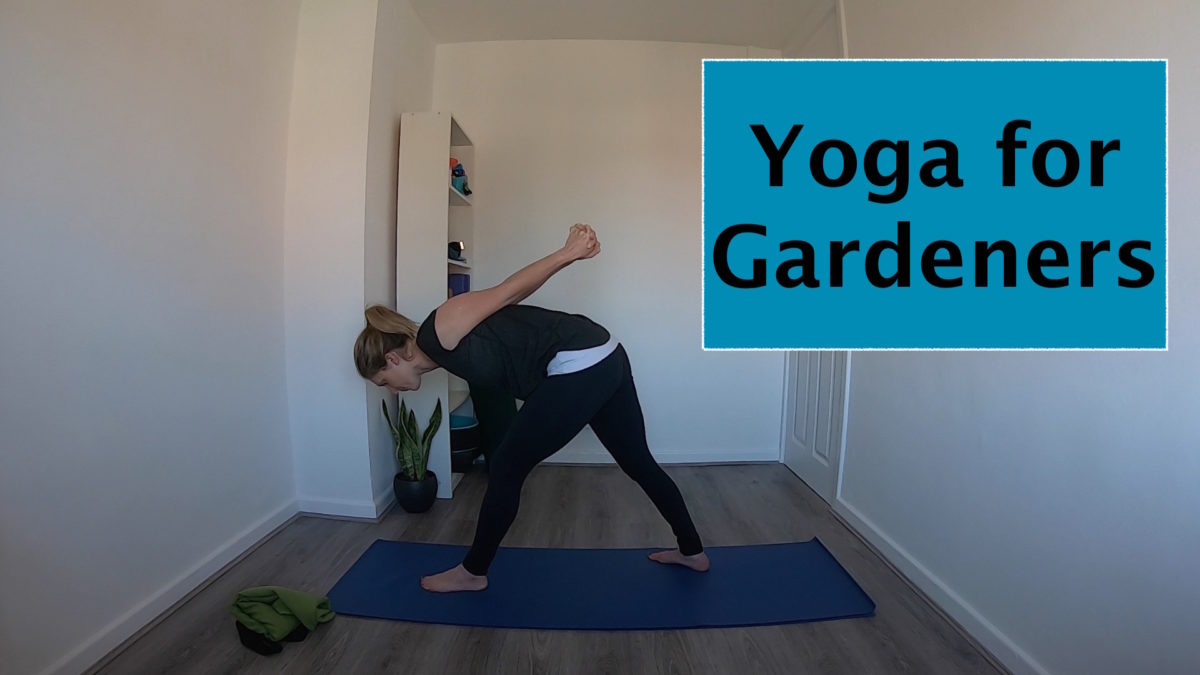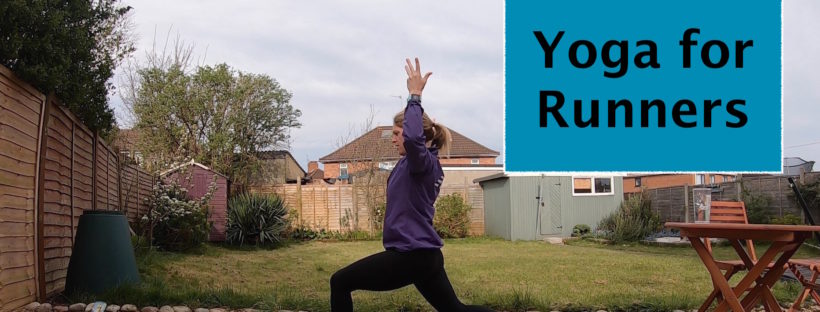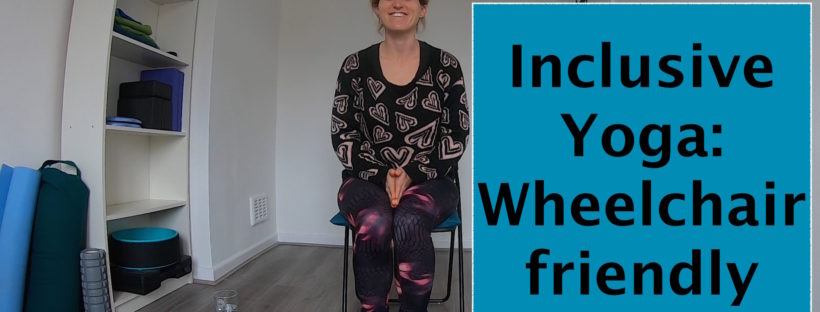So you’re probably wondering, what on Earth Bike Week has to do with Yoga! Well I love cycling and I love yoga – and I love to encourage people to get involved with both. So I thought I would combine my two loves in my first ever Yoga for Kelly blog post. And I thought this would also be a great opportunity to share the benefits of Yoga for Cyclists with you. More on that in a mo!
Bike Week UK
Today is the start of Bike Week in the UK! #BikeWeekUK will be running from 6th June to 14th June. It’s run every year usually with lots of events on all over the country. This year Bike Week is still going ahead and due to COVID, Cycling UK are running a lot of free online events, which you can get involved in.
Cycling is a great way to reduce your carbon foot print, reduces traffic congestion and improve your overall health and fitness. It’s even great for your mental wellbeing.
So I definitely recommend checking it out and getting involved!
Yoga for Cyclists
So I mentioned before, I love cycling. However, I also know from experience cycling doesn’t always love me. I’ve learnt from experience we really need to be stretching out the body after a cycle. It helps to reduce the risk of injury, speed up recovery and help muscle performance.
It’s also important to strengthen the muscles that aren’t used during cycling – I discovered this the hard way when my quads got so strong from cycling they started to overcompensate for my glutes. I did cycle across Canada for this happen – but you get the idea.
This is the reason I’ve put together this FREE Yoga for Cyclists course.
During the course we will cover the benefits of yoga for cyclists. I’ve also included a Yoga for Cyclists class. A post ride stretch routine. And 4 yoga poses that can really improve your cycling. You’ll learn how you can incorporate these poses into your own training or recovery plan. Or just follow the post ride provided.
This course will benefit all types of cyclists – whether you’re new to cycling, a commuter, a road cyclists, mountain biker or cycle tourist.
At the moment I’m offering the course for free, however this might change in the future. If you did however, sign up now, you’ll have lifetime access to the course. This will include any additional content I might provide in future, plus any updates and improvements I make.
This is the first online course I’ve created, so if you do have any feedback please let me know. And if you do try the course and enjoy it, I would love for you to leave me a review.
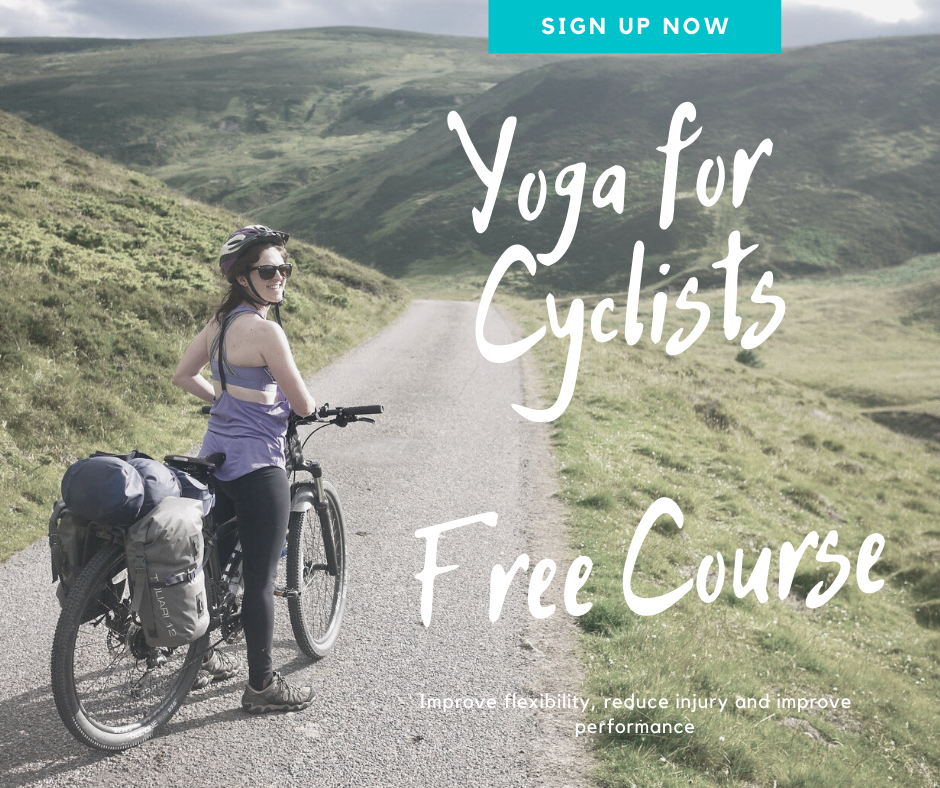
Wanting more…
If you are after more, you might like to check out the 30 day Morning Yoga Challenge. Just 10 minutes of yoga a day for 30 days. A great way to start a new routine and also an opportunity to give yourself a little yoga break each day.
I’m also planning on providing some more yoga for cyclist resources. Some ideas I have at the moment include cyclist meditations/ Yoga Nidras and a cycle tourists body preparation course. I’ll be exploring this on my Cycle Touring site, Cycletrekkers. But, if there was anything you would like to see, then please let me know.
Before practicing any online yoga classes, please be sure to read this disclaimer. If there was anything you wanted to discuss, then you can also drop me an email at me@kellysheldrick.com


